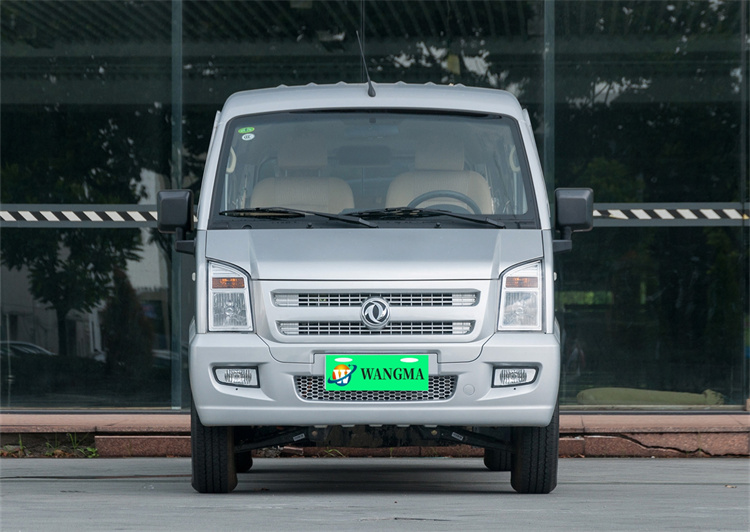
12 月 . 04, 2024 16:26 Back to list
Exploring the World of Metal Money Boxes and Their Unique Designs and Uses
The Evolution and Significance of Metal Money Boxes
Throughout history, money has taken many forms, evolving from barter systems to physical currency and, eventually, to digital transactions. One fascinating aspect of this journey is the development of money boxes, specifically metal money boxes, which have served as practical storage solutions and symbolic representations of savings and financial responsibility.
Metal money boxes have a rich history that dates back centuries. They were primarily designed to securely store coins and small denominations, protecting them from theft and loss. The use of metal, often iron or tin, provided a sturdy and durable container that could withstand wear and tear. The earliest versions of these boxes can be traced back to ancient civilizations, including the Egyptians and Greeks, who recognized the need for secure havens for their precious metals.
One of the most notable features of metal money boxes is the slot on the top, which allows individuals to deposit coins without needing to open the box. This design encourages users to save money over time, promoting a culture of thriftiness and financial prudence. Many people associate these boxes with childhood memories of saving for a toy or a special treat, as they serve as an accessible way to instill the value of saving from a young age.
In the Victorian era, the design of money boxes became more intricate and artistic, reflecting the era's fascination with craftsmanship and decoration. Ornate metal money boxes were often made of brass or copper, adorned with intricate engravings and motifs. They became popular gifts, especially for children, marking milestones like birthdays or holidays. This shift in design emphasized not only functionality but also the aesthetic appeal, cementing the money box's place in cultural celebrations.
metal money boxes

As the world transitioned into the 20th century, metal money boxes began to be produced in large quantities, catering to the growing middle class. Companies recognized the demand for these items, leading to mass production and marketing efforts. During this time, metal money boxes had become synonymous with saving, often packaged with a message of financial literacy. These boxes served as reminders for generations to prioritize saving and managing money wisely.
In contemporary society, the significance of metal money boxes remains pertinent, albeit in a transformed context. While digital banking and online payment methods have replaced physical coins for many, the simplicity and charm of a metal money box remain appealing. Despite the digital age, many individuals find solace in the tactile experience of depositing coins into a box, reliving childhood practices and values of saving.
Moreover, the eco-conscious movement has sparked renewed interest in metal money boxes constructed from recycled materials. Many artisans create beautiful, one-of-a-kind boxes that not only serve as storage solutions but also promote sustainability. This shift reflects a growing awareness of environmental stewardship, blending tradition with modern values.
In the realm of education, metal money boxes have also found a place in discussions about financial responsibility. Schools and organizations implement programs to educate children about saving, often using money boxes as tangible tools to reinforce the concepts being taught. This hands-on approach nurtures a generation of financially savvy individuals, balancing time-honored traditions with contemporary understandings of finance.
In conclusion, metal money boxes have transcended their original purpose, evolving alongside economic systems and cultural values. From ancient civilizations to modern eco-conscious artisans, these boxes symbolize the importance of saving, financial responsibility, and childhood nostalgia. As we navigate an increasingly cashless world, the humble metal money box endures, reminding us of the fundamental principles of managing our resources while celebrating the simplicity and beauty of saving. Whether used as a decorative piece, educational tool, or nostalgic item, metal money boxes continue to play a significant role in our understanding of money and its value.
-
Galvanized steel sheet price hot-dip galvanized
NewsMar.07,2025
-
Galvanized steel sheet price hot-dip galvanized
NewsMar.07,2025
-
Galvanized steel sheet price hot-dip galvanized
NewsMar.07,2025
-
Galvanized steel sheet price hot-dip galvanized
NewsMar.07,2025
-
Galvanized steel sheet price hot-dip galvanized
NewsMar.07,2025
-
buy corrugated roof sheet end capping
NewsMar.07,2025